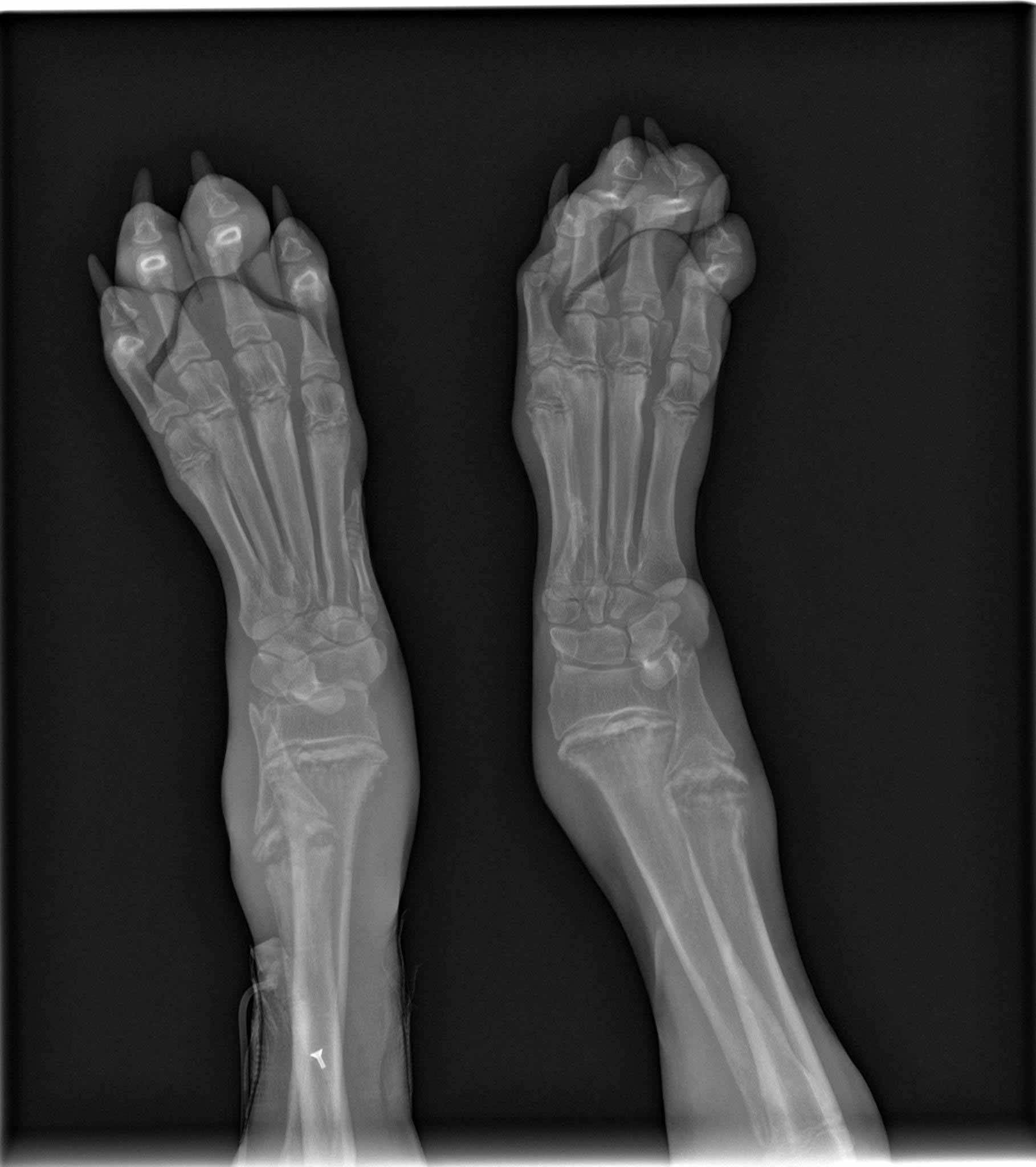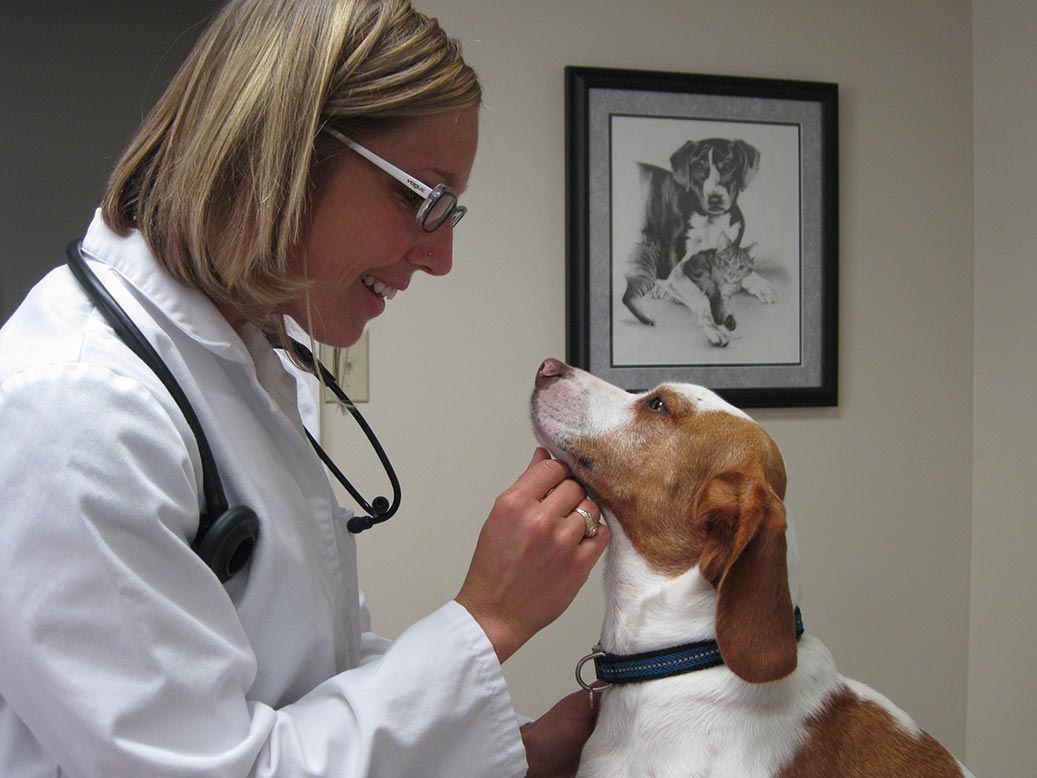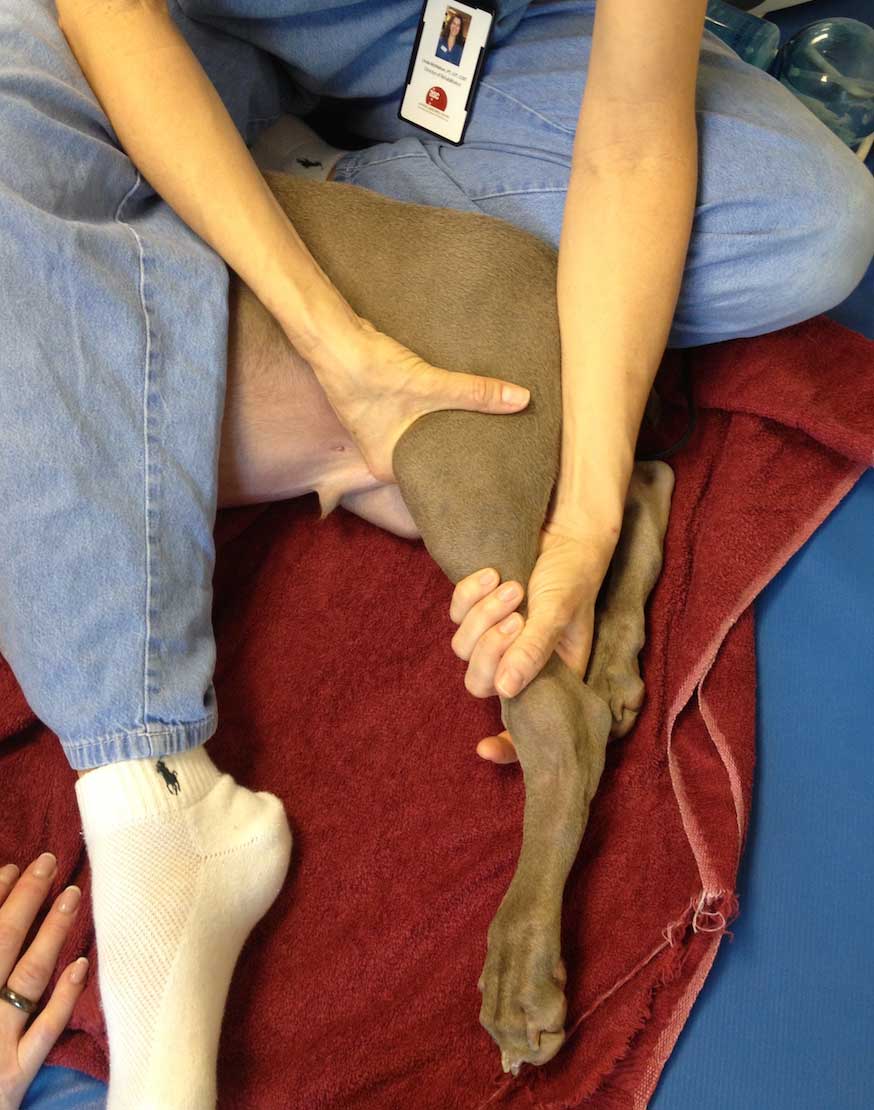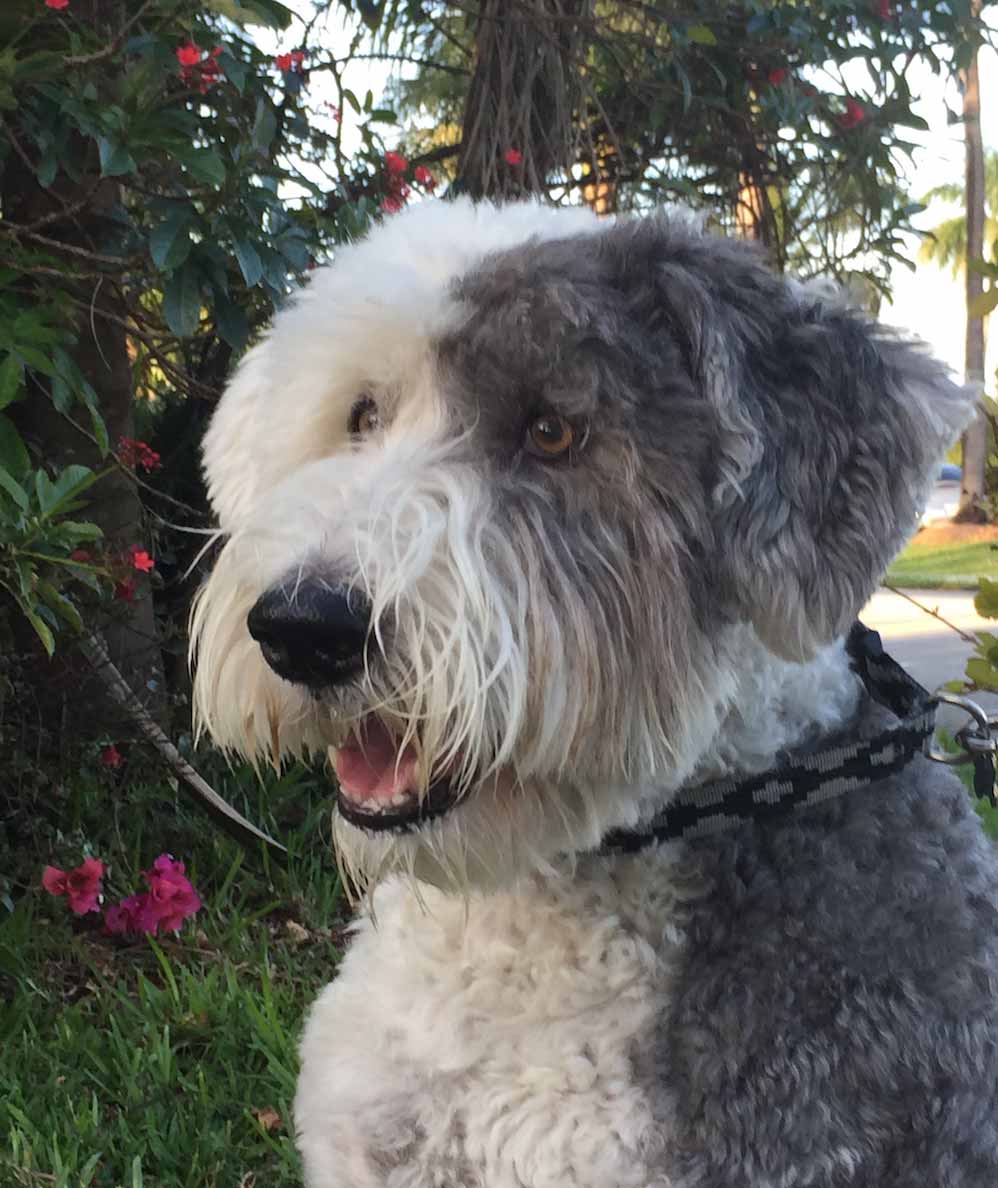Five Questions for Dr. Moore: Dog Joint Problems
Bodhi’s Bone Disease Inspires Us to Talk to Dr. Moore about Joint Problems
Urban Dog: One of the things we’re concerned about for our dog Bodhi is joint disease. As a puppy he had a disease that affected his bone growth. We think he’ll probably have issues later in life because of it. Are dog joint problems common?
Dr. Moore: They are pretty common and that’s because they fall into multiple categories. You have congenital, or hereditary disorders, developmental disorders, traumatic disorders, infectious and immune-mediated disorders. Some problems are a combination of those different types of disorders. Among the hereditary conditions, one of the really common ones is patellar luxation: displacement of the kneecap. Some dogs are mildly affected, others worse. It depends on how easily the kneecap can be put back in place. Among the developmental diseases, we’ll see elbow or hip dysplasia in larger, rapidly growing dogs. Osteoarthritis is the most common problem we see, chiefly among older dogs that have had other joint problems when they were younger. One of the more common infectious problems is Lyme Disease. You also see a lot of issues arising from injuries, tears and such.
Note: for a complete list of dog joint problems click here.

Urban Dog: What types of symptoms should you be on the look out for?
Dr. Moore: The symptoms you should be looking for are lameness, trouble getting up, trouble getting down, a reluctance to run around, a tendency to get tired more quickly than usual, or a change in your dog’s gait.

Urban Dog: What types of treatments are available? Is there anything new or experimental on the horizon?
Dr. Moore: It’s very important to discuss the symptoms you see with your vet because you need to make certain that you’re treating the problem correctly. Some things need to be treated with surgery, some with physical therapy or water therapy, or simply with regular exercise. Some can be treated with supplements like glucosamine or fish oils. Some new therapies include acupuncture. We’ve seen a lot of improvement in many dogs; it really helps a lot without putting them on medication. Another new area in treatment for osteoarthritis is stem cells. There are studies showing vast improvements with stem cell treatments and many general practitioners are now providing this therapy in-house. The cost is typically in the thousands, but the results are great and it is a safe alternative to many of the long-term medications. I just want to stress though, that you need to get a correct diagnosis because you want to treat the problem appropriately. You don’t want to treat your dog for arthritis when in fact he has a ligament tear.

What About a Dog’s Weight? Read About a Success Story After the Jump
Urban Dog: How does a dog’s weight factor in?
Dr. Moore: I think weight management is extremely important. A lot of these joint problems are exasperated by dogs being overweight. There are diets that are really good for weight management. Keeping your dogs thin is one of the best ways to make sure your dogs don’t have bad joint problems later in life!
UPDATE: Jackson, the English Sheepdog below, was one of the reasons I wrote this post. I met him a few months back in Florida. He has hip dysplasia stemming from an early case of OCD. He had trouble walking and getting up from a seated or lying position. On March 6 I ran into Jackson on his morning walk and he seemed to be doing much better! His owner said, on his vet’s advice, that Jackson went on a diet and lost ten pounds. His owner said he’s walking better and having an easier time moving overall.

Urban Dog: I hate to end this on a bummer note, but I can’t help but think serious dog joint problems do weigh in on dog owners and end of life situations. Is that the case?
Dr. Moore: I don’t think that a dog should ever be euthanized simply because he has arthritis. There are a lot of treatments we have, from NSAIDS to opioids to acupuncture, that should be tried first because we can improve their quality of life before we have to start making those decisions. My quality of life schpiel is always the same: it doesn’t have to do with so much with the reason why their quality of life has changed, but how. When your dog was one hundred percent healthy and young, what were your dog’s favorite three things to do? If chasing a ball or Frisbee, playing with the kids in the house, and getting up to eat breakfast in the morning, if they have lost two out of those three things, that’s when we need to start talking about quality of life. That is where I would start with this conversation, not that your dog has arthritis. I need to stress that you need to make these types of observations about what your dog likes while he is young and healthy before they start to fade. It’s a matter of life that your dog is going to get old and going to start having trouble getting around, but we can treat a lot of those things.
Make sure you ask your vet what you can do now to help prevent your pet from developing dog joint problems in the future.
Check out this conversation with Bodhi’s Physical Therapist, Linda McMahon.






